We all love our smartphones and the now well established 4G network that supports it, but will 5G really be that big a deal? I mean how much faster do we need? For that matter… how fast will 5G LTE really, actually get? Like in person on your phone in real world conditions?
As there’s lots of big claims flying around, let’s take a look and find out what to expect over the next few years as 5G rolls out.
To start with let’s have a look at the official 5G specification and also what phones are out there currently. After that we’ll get into how fast 5G LTE will really be on your actual phone in normal everyday scenarios.
What Speed Is 5G LTE?
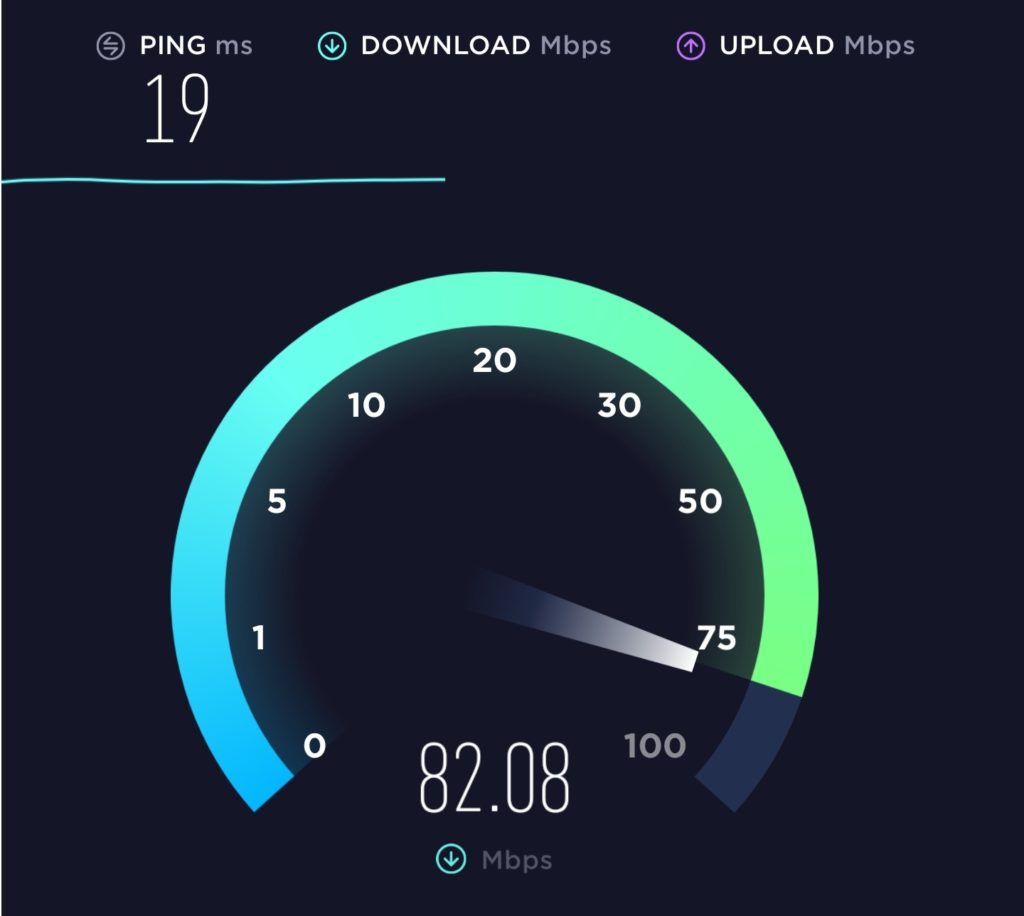
The International Telecommunications Union (ITU) actually has a few different categories for 5G. Some are for home 5G routers, others for cars, but as most will only care about the enhanced Mobile Broadband (eMBB) one – the one for your phone – we’ll only focus on this.
Initial eMBB deployments will use the same wireless spectrum that 4G currently uses (600 MHz – 6 GHz) meaning that it will also have similar speeds to current 4G technology out there. On top of this however it will start to use a totally new spectrum that has a great deal more bandwidth and hence speed.
This new spectrum is in the 24 to 86 GHz range and is referred to as millimeter wave or mmWave. In fact this new, much larger, spectrum area has allowed the ITU to specify a top theoretical speed of 20 Gbps!
Obviously nothing out there has been developed yet to actually make use of such high speeds but according to our Technology Forecaster, phones could well be selling with 5G modems capable of 20 Gbps+ download rates within 4 years.
With companies like Samsung and Qualcomm all constantly pushing the limits and network bandwidth speeds doubling literally every year it won’t be too long until 6G will be needed no doubt!
How Fast Will 5G LTE Be?
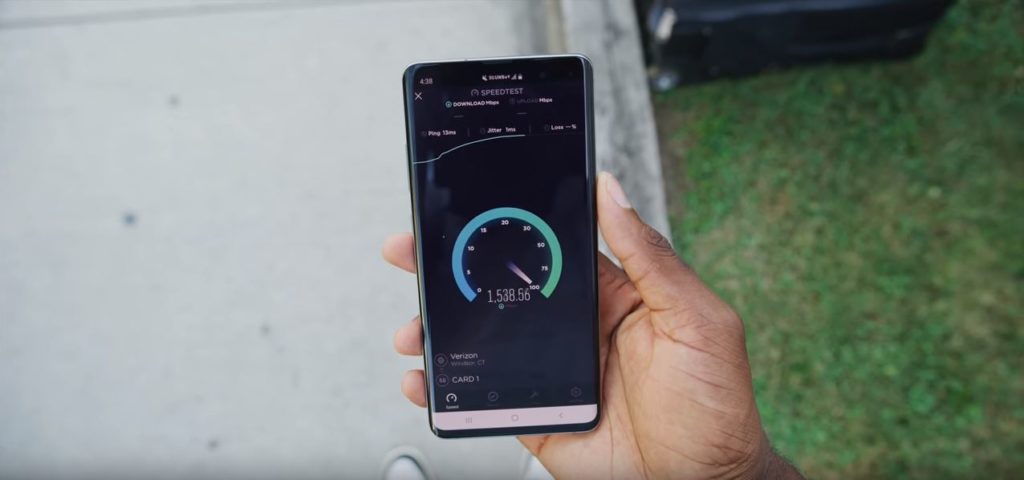
What a industry standard says (20 Gbps) and what you personally get on your 5G phone in location X however are going to be two very different things. As an actual Telecommunications Engineer I can go down the rabbit hole a long, long way, but sending everyone to sleep isn’t going to answer the main question.
tl;dr: Currently it’s about 1,500 Mbps. Up to 20 Gbps in the next 5 years.
For the majority of people, assuming your phone carrier supports and has rolled out a 5G network – still not that common in 2019 – the speed you will get will depend on a few things:
- Your phones 5G modem speeds
- Your carriers 5G tower uplink speeds and number of subscribers
- How close you are to the 5G tower
- What – if any – things are between you and the 5G tower
- The end server you’re connecting to
That’s A Lot Of Things!
One of the big differences about 5G is that to get those sweet, sweet multi-gigabit speeds, you’re basically going to have to be really close to the 5G tower and not have any trees, buildings or whatever in between.
How close? A good comparison is to think of the 5G towers like you would a quite powerful WiFi router. If you’re going much further than 100-500 metres or more away, you’re going to loose a lot of speed.
It’s also precisely because of this that carriers will be rolling out a huge number of 5G towers or micro sites over the next few years. That being said, even if you’re sitting on top of a 5G antenna that still doesn’t guarantee you’ll get 2 Gbps downloads.
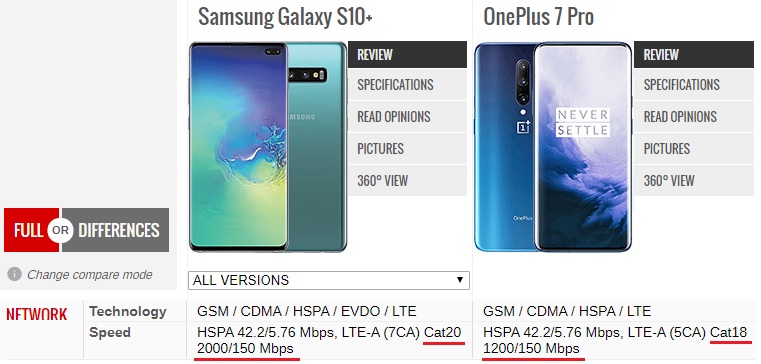
As you can see above, when we compare some current 4G enabled phones like the S10+ and 7 Pro, your actual 4G modem inside the phone can differ from phone to phone. Here we see that no matter what 4G tower you’re connected to, the OnePlus 7 Pro won’t be able to ever go above 4G speeds of 1,200 Mbps. Meanwhile the S10+ can go up to 2,000 Mbps. 5G will be exactly the same over the coming years.
As more and more modems are developed, some will be able to go up to 2 Gbps, 5 Gbps, 10 Gbps and so on. The cheaper or older phones will have the slower modems in them while the bleeding edge ones might get 20 Gbps modems.
Once you’ve made sure you’re phone has a fast enough 5G modem and that you’re chilling less than 100 metres away from a 5G tower then it’ll all come down to your carrier and whatever server is on the other end.
Maybe you’re connecting to YouTube or other Google infrastructure that’s blazing fast in which case great! Let the 8K, 120 fps video download in seconds. However if you’re connecting to some tired old server your speeds will still be probably even lower than 4G.
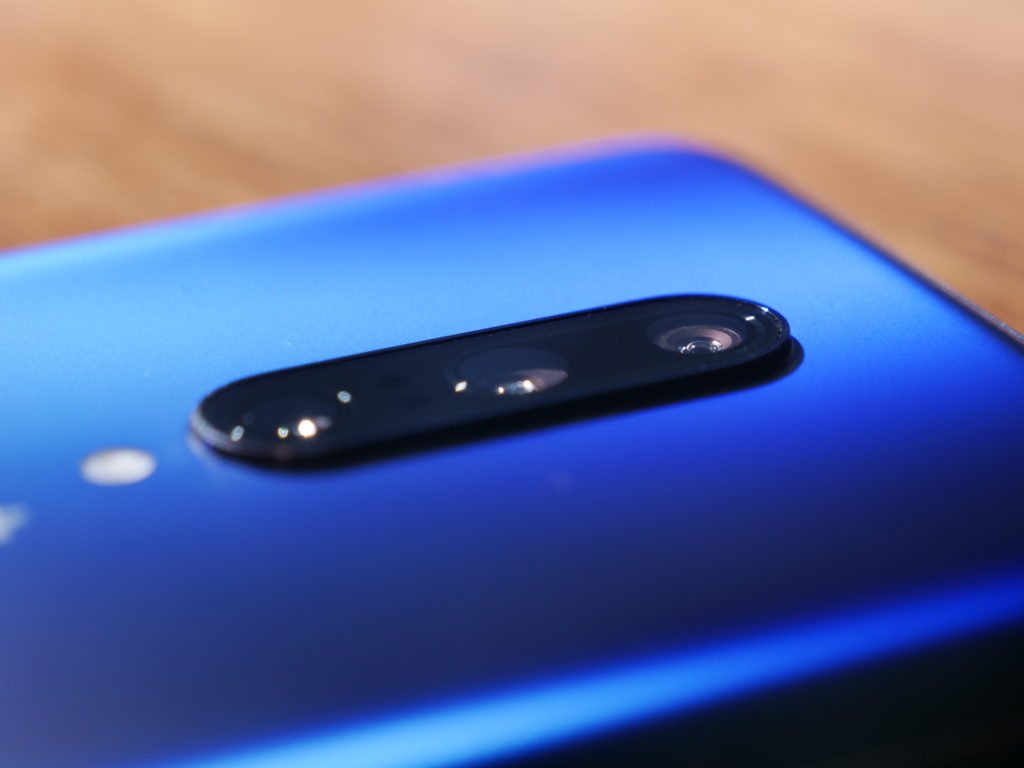
Lastly, your carrier needs to have an appropriate fibre uplink to that 5G tower and also not oversubscribe it. This means not having 1 tower to service huge numbers of people as otherwise that uplink will be over provisioned and each persons individual speed will be reduced.
As an example, imagine you’re the only one connected to a 5G tower with a 10 Gbps uplink. Your 5G phone is probably going to go as fast as it and the server you’re connecting to can go. However if the carrier then has another 5,000 people also connect to that same tower… all of a sudden your provisioned speed might get cut to just 2 Mbps.
This final point isn’t really under your control though. About the only way you can “fix it” is by either moving to a different 5G tower or changing carriers.
So after all that, what can you get – today – on current flagship 5G phones, while standing under an appropriately provisioned 5G tower? According to MKBHD who tested exactly this, about 1,500 Mbps. Pretty awesome.
What About Data Caps?
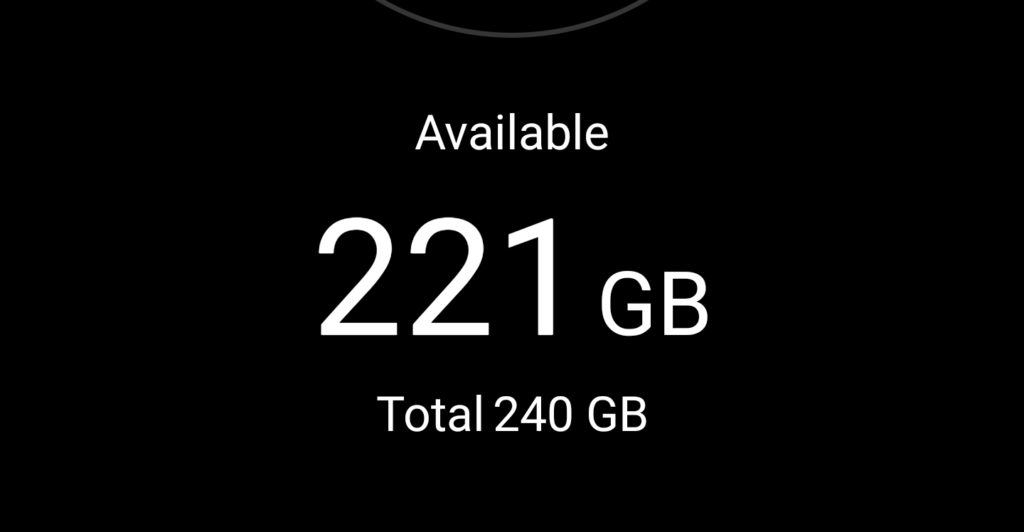
So with pimping speeds like 1,500 Mbps, 5 Gbps or more that means you could be downloading Netflix seasons at 600 MBps+. You could effectively chew through a 20 GB data plan in just 32 seconds downloading at 5 Gbps. That’s hilarious and really not super useful.
As such I think we’re going to see another big explosion in carriers selling bigger data caps. Here in Australia you can already get 120 GB per month for just $65 AUD on Vodafone. Optus is allowing up to 200 GB of data per month for $105 AUD too which is pretty huge.
With the huge increase in download speeds and new applications that those speeds will likely bring, I’m sure even 200 GB won’t suffice eventually. How much data are you going to chew through when you’re downloading two 2160 x 2160 streams for your VR Google Stadia game?
What about those hilarious 4K, 60 fps YouTube videos you constantly watch? The 120 GB game files that are needed to play the soon to be released Half Life 3? My prediction is that over the next 2-5 years most carriers that are pushing seriously high 5G speeds are also going to move to a truly unlimited data cap system.
Technically some carriers already have this currently. For example on Vodafone’s $45 AUD / month plan you get 30 GB of data…
Then keep using data at no extra cost in Oz at speeds of up to 1.5 Mbps.
Hopefully these “at speeds of up to” restrictions will be lifted eventually and we can finally just treat home broadband and mobile broadband as basically the same thing.
Who knows, maybe all home broadband will just end up using 5G connectivity. There’s other problems with this but that’s for another piece. For now what do you think of 5G so far? Do you have a 5G phone already? What speeds have you seen? Let us know in the comments below.
The benefits include: 1) How to get those silky smooth videos that everyone loves to watch, even if you're new 2) How to fly your drone, from taking off to the most advanced flight modes 3) Clear outlines of how to fly with step-by-step instructional demonstrations and more 4) Why flying indoors often results in new pilots crashing their drone 5) What other great 3rd party apps are out there to get the most out of your drone 6) A huge mistake many pilots make when storing their drone in the car and how to avoid it 7) How to do all of these things whilst flying safely and within your countries laws.





